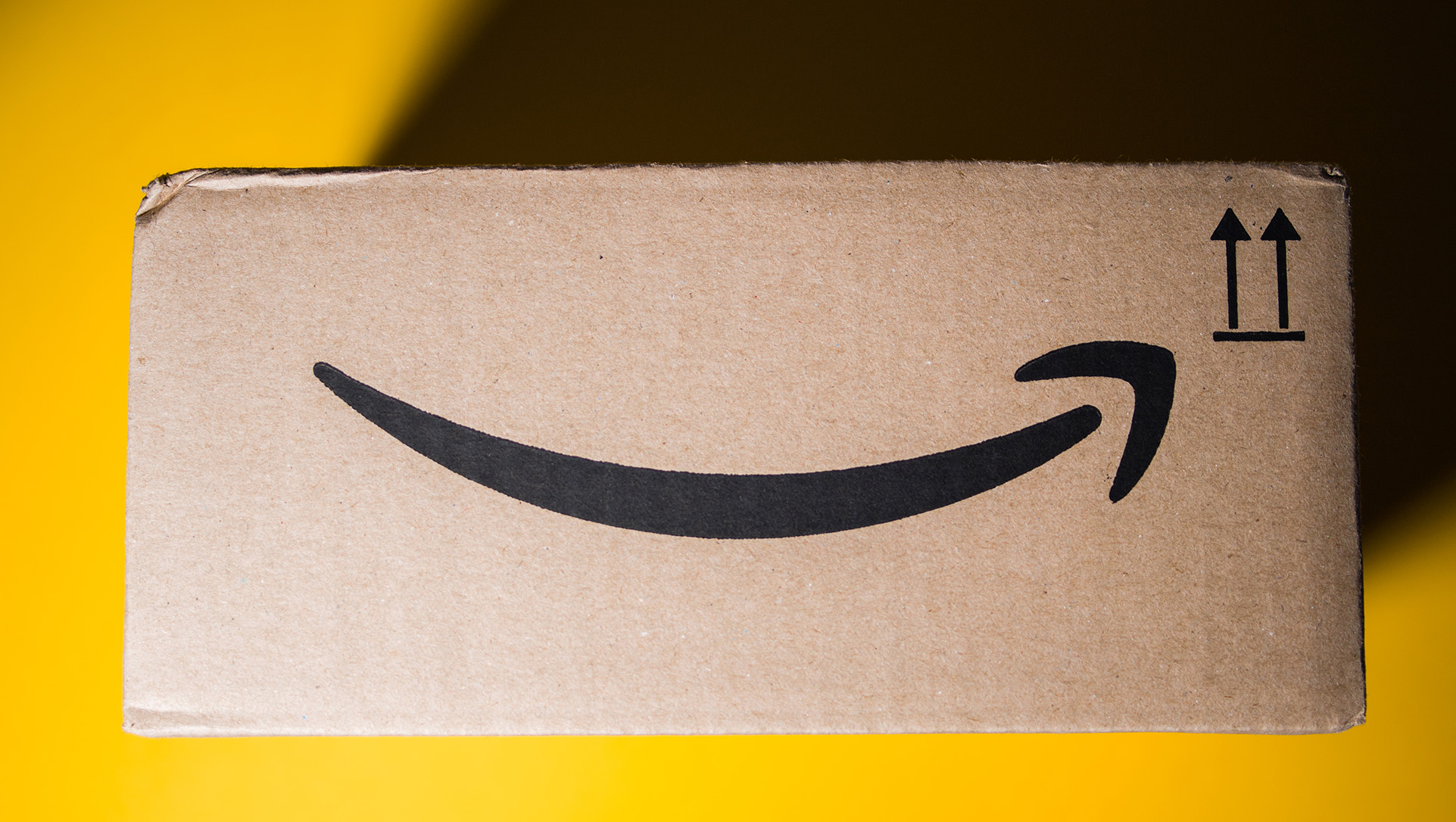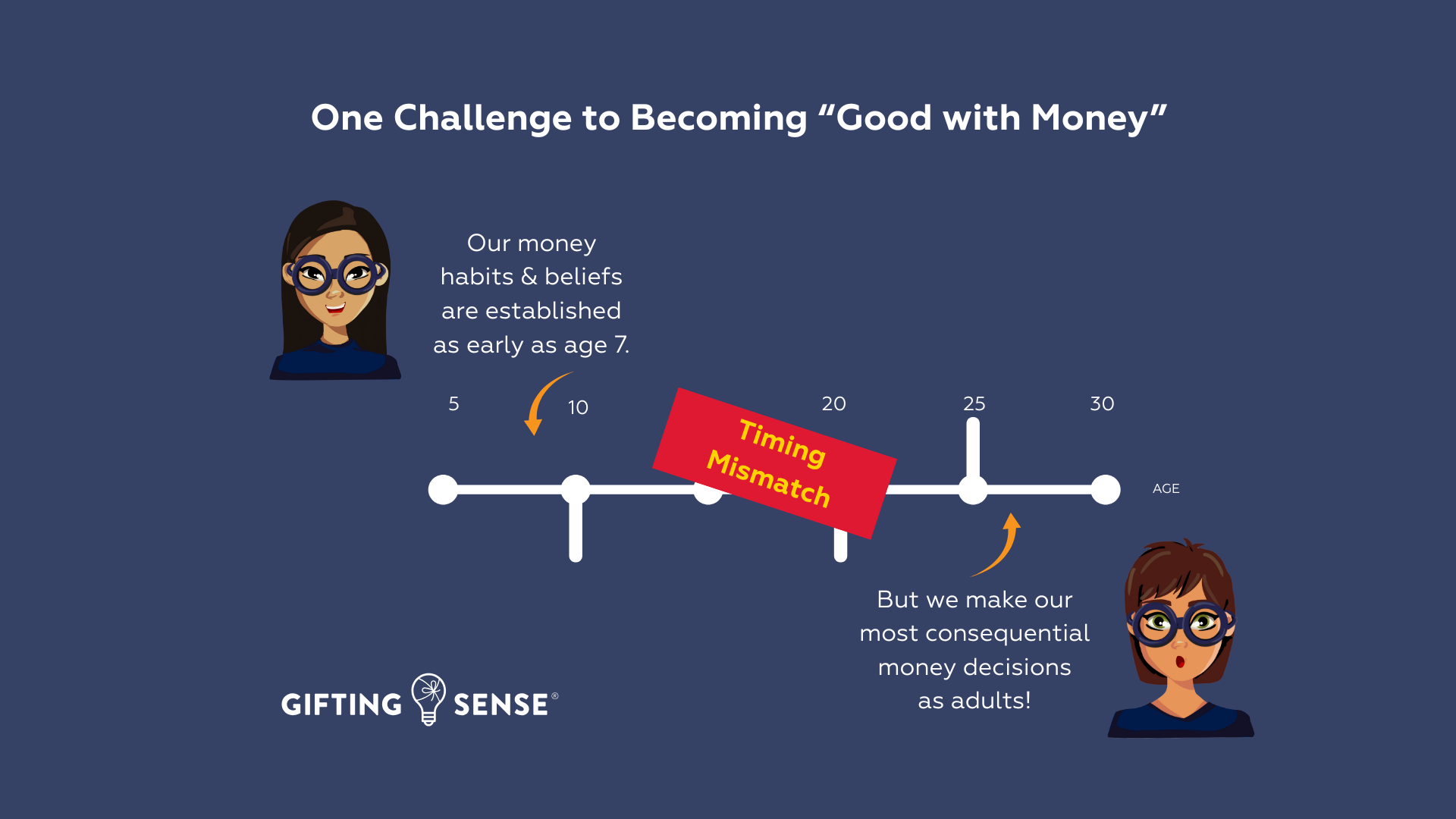We know giant online retailers have become a lightning rod for small businesses suffering during the pandemic. (Please note that we’ve written about the importance and ability of everyday citizens to support small businesses in the recent past.) But in this post, we’re going to state a simple fact: Amazon actually helps us teach kids how to think before they buy—so much so that we look at them as a big free FinLit (Financial Literacy) Lab.
Remember when your grade school science teacher mixed vinegar and baking soda and produced an awe-inspiring mass of gas-producing fizz right before your unsuspecting eyes? That educator could have been the parent in a Charlie Brown cartoon and “blah blah blah” told you about the reaction. – but they knew the experience of living through the reaction would be far more engaging. Same thing for learning about money. A Google search can reveal a LOT of well-intentioned talks about the perils of over-spending or even the power of living well within your means. But you know what really drives those lessons home: personally experiencing them!
Think your birthday money is enough to get that laptop case you’ve been after? Test that theory in the lab of an Amazon shopping cart. SEE how much sales tax, shipping and duty add to its’ final cost. Read about the manufacturer’s return policy and warranties. Find out if other people have been satisfied with the case before you go to the trouble of buying your own. Given the skill today’s children possess with computers, after about age 11 you can comfortably ask them to do all of this on their own. Just make sure auto-purchase-abilities are turned off so that no one inadvertently buys what they are merely researching.

Do your middle schoolers dream of owning the new “it” sneakers? Encourage them to visit the “FinLit Lab,” which is online retailing, to find out exactly how much money they will need to buy them and deliver them on time. Then, ask your daughter or son about their plan to earn half or even all the required funds. It’s only April – given that kids probably aren’t universally back in their classroom for five days a week until September 2021, they’ve got time…to babysit, cut the grass, do some laundry, paint a bookshelf…all the little jobs their parents did when they were young to earn spending money.
Of course, in a perfect world, parents would go the extra step and require that their kids use the information provided by online retailers to calculate the DIMS SCORE® for a possible purchase before even asking to spend any money. The DIMS SCORE® Calculator was built to help young people work on a problem that matters to them in real-time: “Should I buy this item or experience?” It even generates “Lab Reports”: DIMS SCORE® reports are shareable summaries of all the math and thinking kids complete when they quickly research a purchase’s full cost and how much they will really use and appreciate it.
But let’s be clear: any step towards developing money smarts is a step well taken. Kids taking those steps in sneakers or hoodies they researched themselves will feel much more comfortable making future strong purchases because experience builds confidence. That is why we defend online window shopping; it can help kids become “good with money.”
So this Spring Break, whatever that looks like in your part of the world, give your kids one of the best gifts ever – the habit of thinking before buying. Believe it or not, regardless of how you feel about Amazon as a whole, they can help you get that job done without you spending a dime.
To learn more, click on the pink or blue buttons below.
Child Development DIMS SCORE® Questions For Parents Gifts & Holidays



